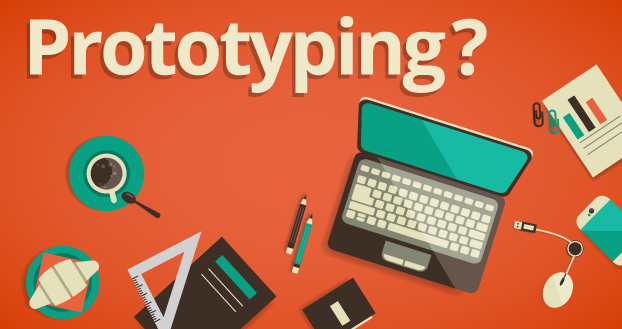Test Your Riskiest Assumptions First
How do you know you’re making the right bets with your ideas? Which bets do your ideas hinge on? These are our riskiest assumptions. They need to be tested before you spend your valuable time and money. With the ‘problem’ in mind, map out the customer journey to identify the riskiest assumption. Armed with a … Read more





